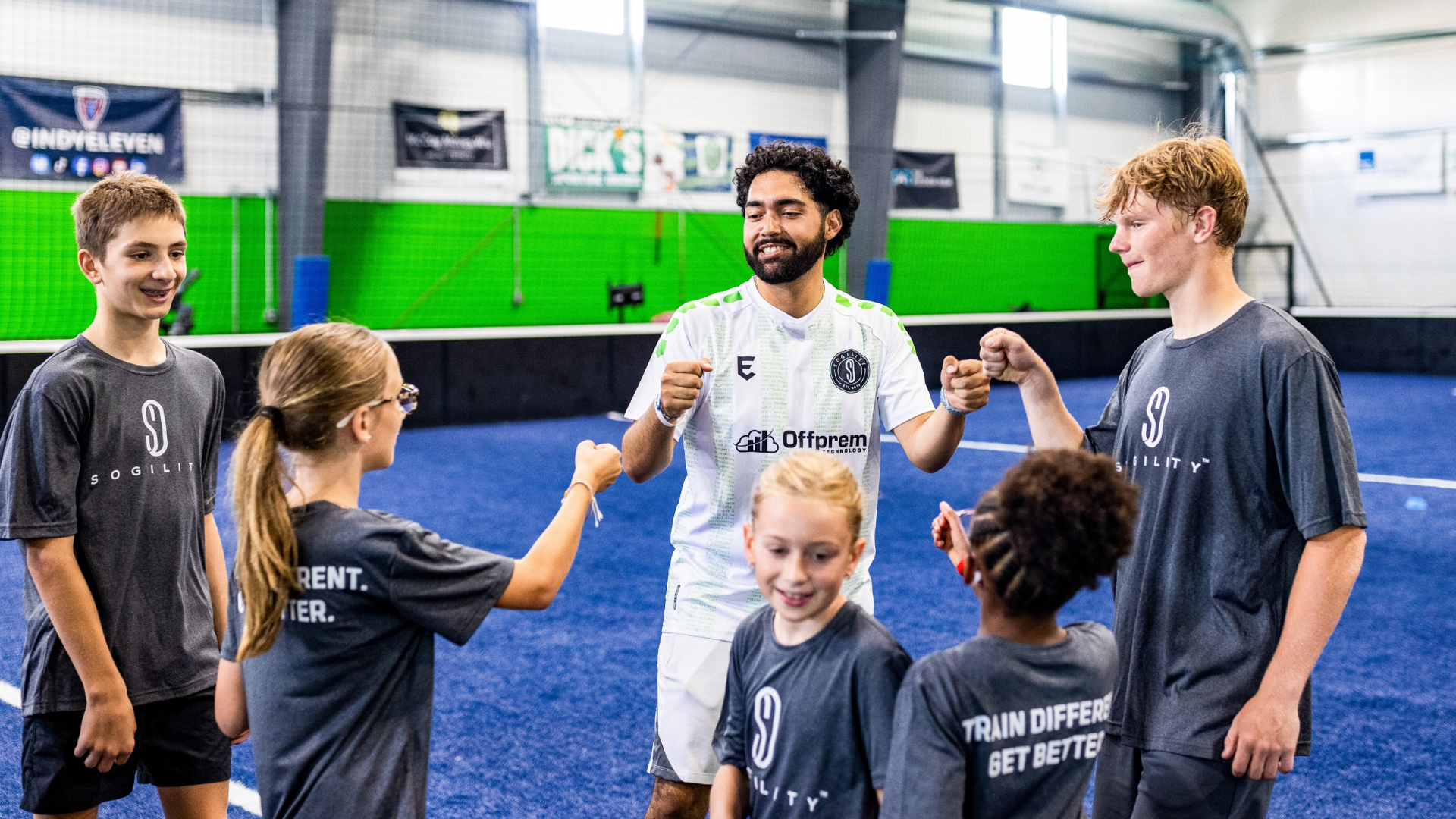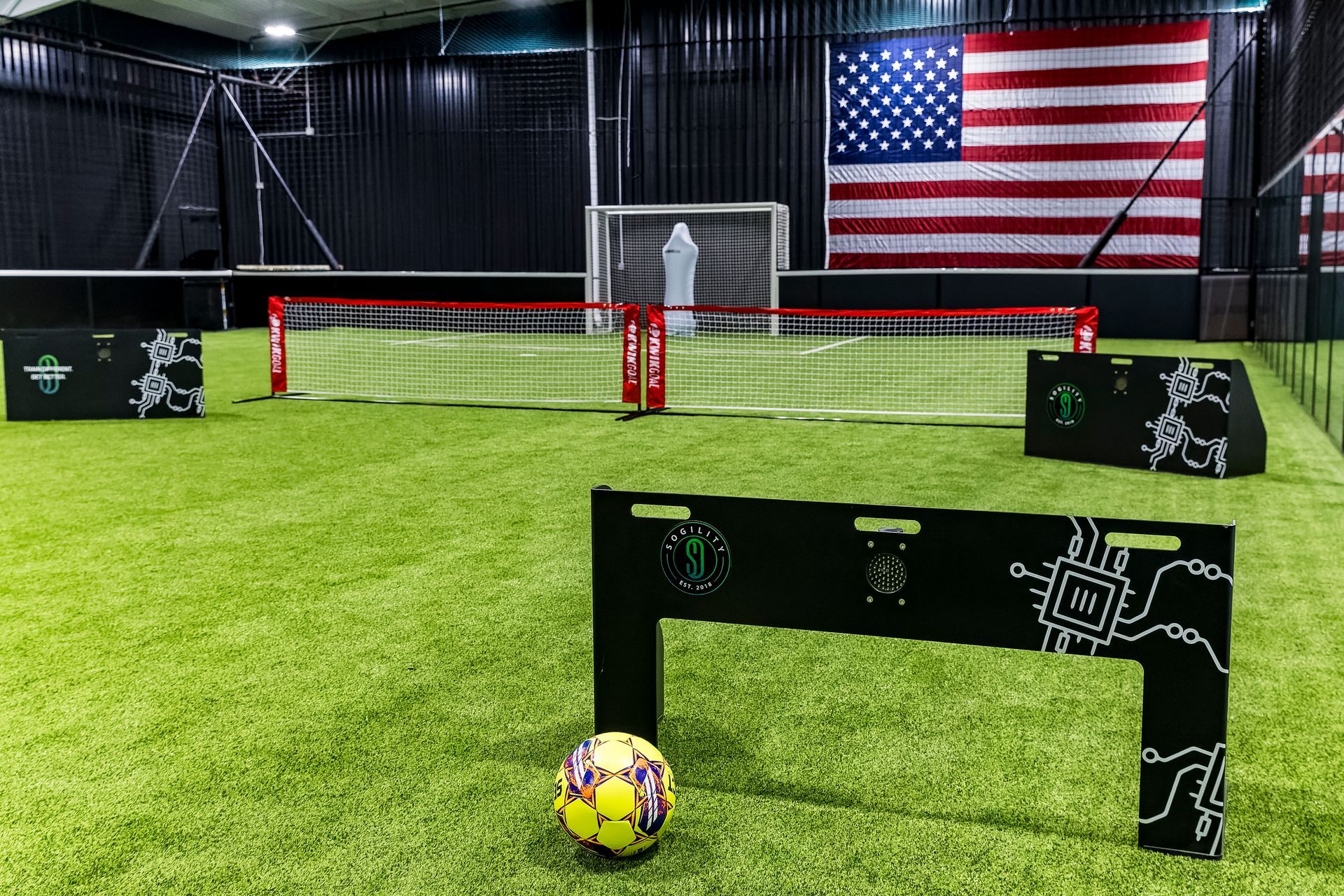March 6, 2024
Unraveling Quirky Superstitions of Soccer Stars
Where skill and strategy often take center stage, there exists a parallel universe of peculiar rituals and superstitions
followed by players. These idiosyncrasies, shrouded in mystery and often hidden from the public eye, add a touch of eccentricity to the game of soccer.
1. Lucky Socks and Underwear: A Fabric of Success
For many players, success begins with the right pair of socks or underwear. Whether it’s a specific color, brand, or even a particular level of wear and tear, these garments carry the weight of superstition. From Lionel Messi’s renowned habit of wearing his right sock first to Sergio Gómez’s insistence on donning underwear only of a certain color, the world of soccer is teeming with players who believe in the magic woven into their clothing.
2. The Ritualistic Walkout: From Tunnel to Pitch
The walk from the tunnel to the pitch is a ritualistic journey for many players. Superstitions dictate the number of steps, the sequence of movements, and even the specific route taken. Some players adhere to a meticulous routine, believing that deviating from their established path may disrupt the cosmic balance of their performance. It’s a pre-game dance that goes beyond strategy, showcasing the fusion of athleticism and superstition.
3. The Goalpost Prayer: Seeking Favor from the Soccer Gods
Before the match kicks off, it’s not uncommon to find players engaging in a quiet moment of contemplation at the goalpost. Some touch, others kiss, and a few even whisper a prayer. This seemingly odd ritual is a testament to the superstitions that surround the goal, with players seeking divine favor or perhaps a touch of luck from the soccer gods before they embark on the game.
4. Left Foot, Right Foot: The Rituals of Precision
Precision is paramount in soccer, and for some players, it extends beyond the field to their pre-game rituals. From tying shoelaces in a specific manner to ensuring that each step is taken with the correct foot, these meticulous practices are believed to influence the outcome of the game. The line between skill and superstition blurs as players meticulously adhere to these quirky routines.
5. Hair-Raising Superstitions: From the Barber’s Chair to Victory
The barber’s chair becomes a sacred space for some footballers, where superstition meets style. Certain players attribute their success to specific hairstyles or even the act of getting a fresh haircut before a crucial match. From David Beckham’s iconic mohawk during the 2002 World Cup to Paul Pogba’s ever-evolving hairstyles, soccer superstitions often manifest in the realm of personal grooming.
The bizarre superstitions of footballers add a layer of intrigue to the world of soccer. Behind the scenes, players engage in a dance of rituals and beliefs, seeking an edge that goes beyond the realm of strategy. Whether it’s lucky socks, goalpost prayers, or pre-game haircuts, these eccentric practices showcase the diverse ways in which superstition intertwines with the beautiful game, turning the soccer field into a stage for both skill and quirky rituals.
For more information on Sogility’s technology driven soccer training visit sogility.net.
The post Unraveling Quirky Superstitions of Soccer Stars
appeared first on Sogility.

At Sogility, our trainers are more than coaches, they’re mentors, motivators, and role models who help athletes discover their potential. This month, we’re excited to spotlight one of our dedicated Sogility Westfield trainers: Allan Ramirez. A Unique Soccer Journey Allan’s soccer story begins in Mexico City, where he was born and developed an early passion for the game. Unlike many players who rise through traditional youth club systems, Allan’s path looked very different. He only played one year of high school soccer and never played travel or club soccer growing up. Instead, he sharpened his skills in local adult leagues at a young age. His determination and love for the sport propelled him forward, eventually leading him to play semi-pro for multiple seasons and earn opportunities to try out for professional clubs. Allan’s unconventional path is proof that there is no single way to pursue the game, and that passion can take you far.

Holiday breaks can disrupt a player’s rhythm, but they can also be the perfect time to reset, refocus, and make meaningful progress. With the right approach, players can return to winter training sharper, stronger, and more confident—without sacrificing time with friends and family. At Sogility, we believe the holiday period is one of the most underrated training windows of the year. Here’s how to make the most of it. 1. Schedule Quick, Efficient Sessions Training during the holidays doesn’t need to feel overwhelming. Short, intentional sessions are not only easier to fit into a busy schedule, they’re incredibly effective for skill retention. Try aiming for: 3–4 sessions per week 20–30 minutes each Focused work on technique, speed of play, and ball familiarity These bite-sized sessions help maintain sharpness without burning players out. A few minutes of ball mastery or first-touch work done consistently over the break can have a huge impact once formal training resumes. Pro Tip: Pair a quick technical session with a simple fitness component—such as sprints, agility ladders, or core work—to stay game-ready as you enjoy holiday meals and downtime. 2. Take Advantage of Indoor Time Winter weather isn’t always friendly to outdoor training, but the holidays provide excellent opportunities to get creative indoors. You don’t need a full field to develop high-level skills—just a ball and a small space. Great indoor activities include: Focused work on technique, speed of play, and ball familiarityBall mastery (toe taps, inside–outside touches, sole rolls) Footwork ladders or cone patterns to develop agility Quick wall passes to improve first-touch and reaction speed Target passing using laundry baskets, tape squares, or furniture as safe targets Indoor training is especially helpful for developing control, coordination, and quick feet, skills that translate directly to better performance in small-sided play and high-pressure moments. Bonus Idea: Parents and siblings can join in, turning quick sessions into fun family challenges. This keeps training lighthearted and enjoyable during the holiday season. 3. Keep It Fun The holidays are a time to relax, recharge, and reconnect with the joy of playing soccer. Keeping training fun during the break helps players stay motivated and rediscover their creativity. Try adding: Trick-shot or accuracy competitions 1v1 games with friends or siblings Freestyle or juggling challenges Fun play builds confidence and improves problem-solving skills on the field—the type of creativity coaches love to see. Remember: When players enjoy the game, their technical development accelerates naturally. 4. Use Technology to Track Progress One of the biggest advantages of holiday break training is the ability to measure improvement in a short window of time. At Sogility, our tech-enhanced training stations are built for exactly this. With these tools, holiday break doesn’t just maintain your level, it elevates it. Players return to team training with sharper touches, quicker reactions, and increased confidence. Holiday Advantage: Most players slow down during winter break. Using tech-enhanced training gives you a competitive edge heading into winter and spring seasons. Final Thoughts: Make the Holidays Your Growth Season The holiday break is a valuable opportunity, not a setback. With short, targeted sessions, indoor creativity, fun-focused play, and Sogility’s training technology, players can make meaningful progress while still enjoying the season. Final Thought Whether you’re preparing for tryouts, winter league, or spring soccer, staying active during the holidays ensures you return with momentum, not rust.

All You Need in the Game: Master Essential Skills for Better Performance At Sogility, we know that mastering the essential skills of soccer requires more than just physical fitness — it demands speed, precision, sharp decision-making, and mental toughness. That’s why we offer Circuit Training , a revolutionary program that combines cutting-edge technology with innovative drills to prepare players for the fast-paced, high-pressure challenges of real-game play.
